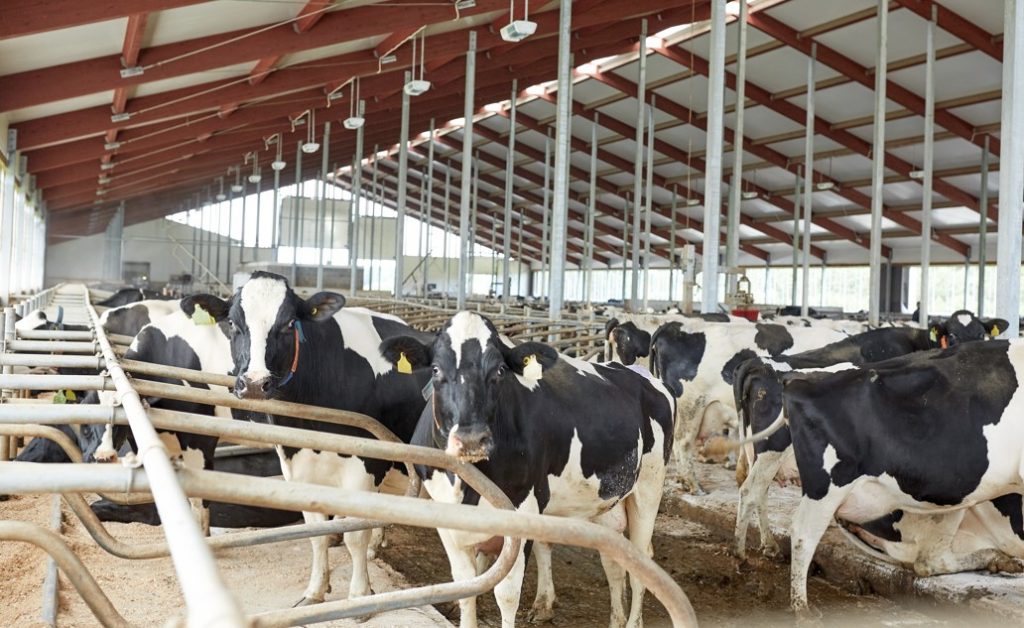
Most of you are aware of the cases of Highly Pathogenic Avian Influenza virus being detected in dairy cattle. The outbreak first gained national attention in early March from dairies in the high plains of Texas and New Mexico. Extensive diagnostic sampling and testing was performed by private dairy practitioners with no consistent findings until on March 25, milk samples from affected cows tested positive for the HPAI virus. The outbreak has now been confirmed in 33 dairy herds in eight states. So far, we have not confirmed the virus in dairy cattle in Oklahoma.
Through the time of the outbreak, in almost all cases, cattle that show symptoms have been older dairy cows in mid to late lactation. They lose their appetite, may run a fever, their milk production drops, and their milk often becomes thick and discolored. Generally, most cows recover in about two weeks and return to normal or almost normal milk production. The current information we have indicates that pasteurization kills the virus in milk, so meat and dairy products that have been pasteurized are safe to consume. The virus has been found in one human recently, but CDC believes the risk to humans is low.
Tremendous amounts of work is being done to learn more about how the cattle were initially exposed, how long it lasts, how it’s transmitted, and other aspects of the disease. It does appear that the virus is being transmitted from lactating cows to other lactating cows in the same dairy, and between dairies when lactating cows are transferred from one premises to another. Due to this fact, USDA published a Federal Order on April 24 that requires lactating dairy cows moving in interstate commerce to be tested negative for HPAI virus within seven days of the movement. That order goes into effect Monday, April 29.
The order does not go into great detail, so USDA has issued a FAQ and a Guidance Document to add more details. The most important things to know are:
- Currently the ruling only affects lactating dairy cows
- Lactating dairy cows moving across state lines are required to have a negative test of their milk within seven days of movement
- Cull lactating dairy cows moved from a farm of origin directly to slaughter are not required to be tested, but they must move on a Certificate of Veterinary Inspection. All cattle on the CVI must have individual official identification, It must be recorded on the CVI, and it must include a statement that the cattle are both free from, and have not been exposed to, a known contagious and infectious disease
- Cull lactating dairy cows moved to a livestock auction market in their state of origin, and then moving to a slaughter facility in another state are not required to be tested. They must move on a CVI, their individual official ear tag or back tag must be listed on the CVI, and a statement that the cattle are both free from, and have not been exposed to, a known contagious and infectious disease must be included
- Cull lactating dairy cows moved to a livestock auction market from another state, and then moving to a slaughter facility in another state are required to have a negative milk test for HPAI.
- Continue to check with the state of destination if there are additional requirements to move lactating dairy cattle into the state
For the most current updates on the disease and regulations, the Federal Order, FAQ, and Guidance Document, go to the USDA web page linked here: Highly Pathogenic Avian Influenza (HPAI) Detections in Livestock | Animal and Plant Health Inspection Service (usda.gov)















